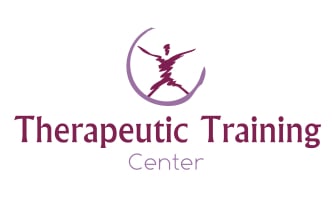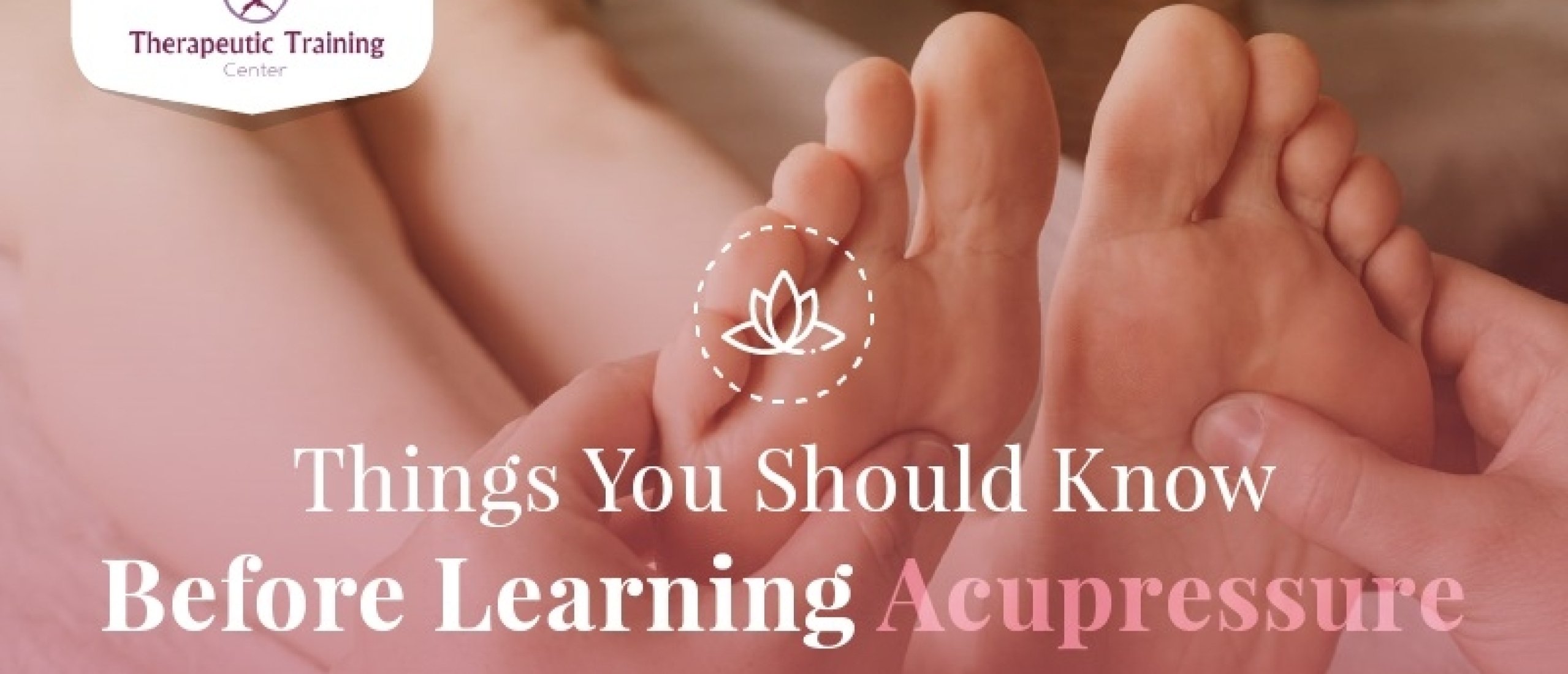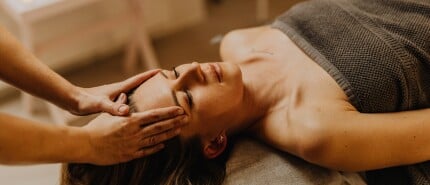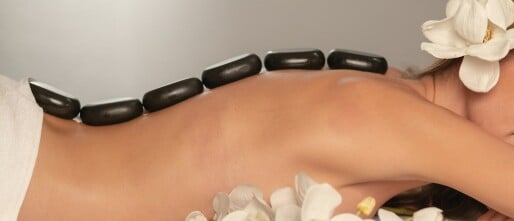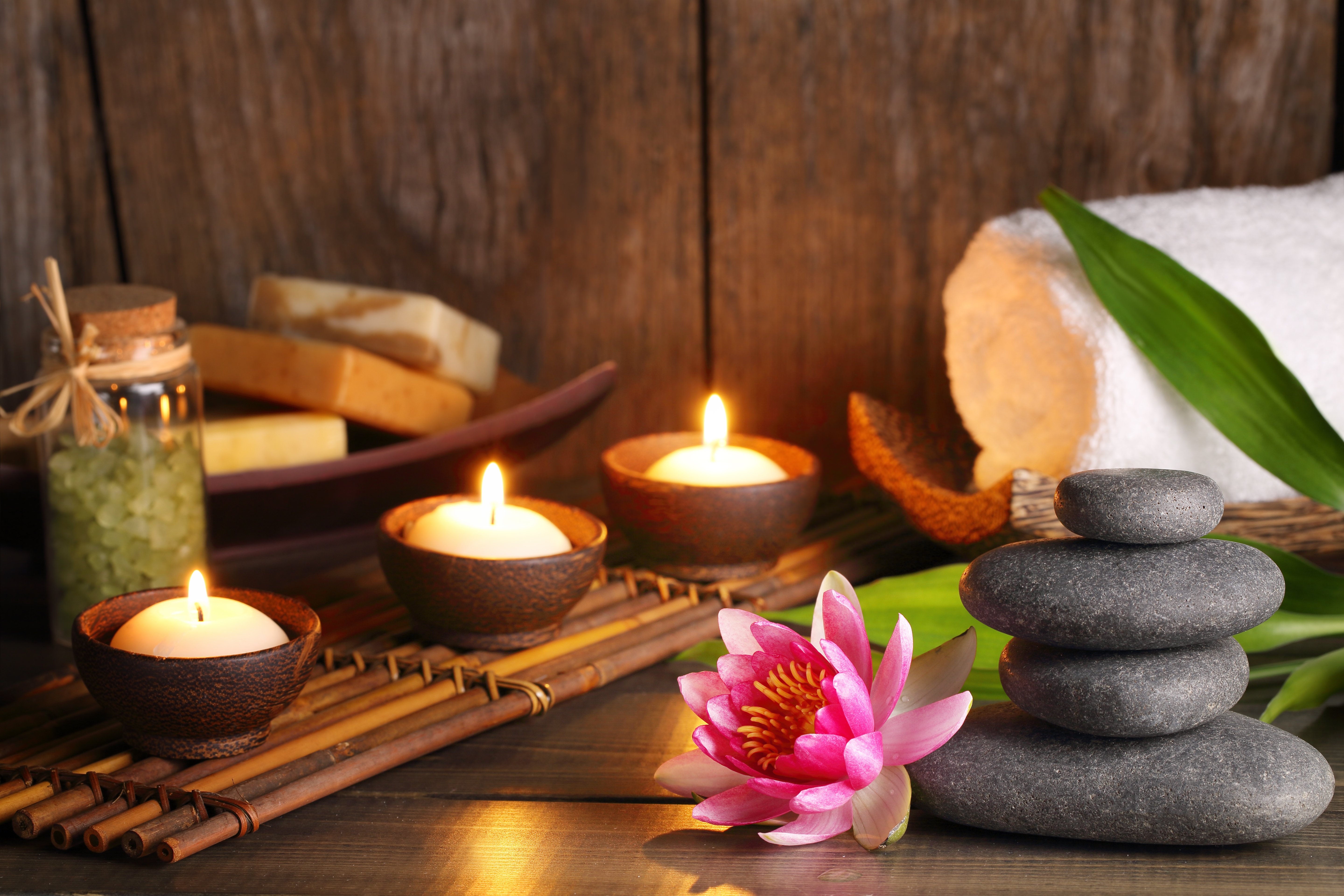Learning acupressure is similar to gaining access to different inner resources that can be helpful for your health and healing. Whether you want to learn how you can cope with headaches, immune imbalances, or back pain, acupressure can be an excellent tool for personal empowerment in the long run.
What is acupressure?
Acupressure refers to the use of one’s hands, fingers, and sometimes other tools to help stimulate the different acupoints around the body. The stimulation of the acupoints in the body helps in balancing the flow of life energy throughout the energy meridians of the body which helps empower and begin the healing process. Its effectiveness is due to the activation of specific spots on the body as they help release stiffness, stress, tension, and pain.
Origins of Acupressure
Before the emergence of modern science, as we know it, primitive humanity had searched far and wide for different ways to alleviate suffering.
Many societies such as ancient China discovered different healing techniques such as herbal remedies, aromatherapy, and the massage that are still in use today. While nobody knows exactly when humans discovered energy meridians and developed acupressure, some of the earliest Chinese healing texts serve as evidence that ancient China was practicing acupuncture as early as 200 BCE.
Acupressure is one of the significant ancient healing systems that work with the energy flows that move throughout the body. The body's healing energy is known as Qi or Chi in Traditional Chinese Medicine. Besides this, there are several energy pathways called meridians wherein the energy of life itself ebbs and flows. When the energy flow is disturbed, it can lead to physical and emotional deterioration, manifesting in your body as illness or disease.
Meanwhile, in Japan, the life force is known as Ki, and channeling healing energy is referred to as Reiki. On the other hand, yoga practices refer to the body's life force as prana or pranic energy.
These different terms are related to the same healing energy believed to exist in our bodies and our environment, which links us to all life forms. An imbalance in the flow of life energy can be solved with the help of acupressure by stimulating different points along the meridians, which are known as acupoints.
How To Find Acupressure Points
It is easy to locate and learn the different acupressure points. They can be found by referring to the landmarks on your body. Examples of landmarks on your body include the crease between the inside of your wrist and hand, your belly button, or the middle of your breastbone.
The acupressure points located near a bone structure are usually found on an indentation or hollow in the bone. Other acupressure points lie under major muscle groups. The different muscular points typically lie within a muscle cord, band, or knot of tension. Simply pressing directly on the muscle cord or into the hollow of the body helps stimulate an acupressure point.
What Are The Common Acupressure Points?
There are hundreds of acupuncture points on the body. Some of the acupressure points that acupressure practitioners commonly use are the following:
- Large Intestine 4 (LI4) refers to the soft and fleshy web between the thumb and forefinger.
- Liver 3 (LR3) refers to the spot on the top of the foot from the space between the big toe and the next toe.
- Spleen 6 (SP-6) is the spot about three-finger widths above the inner ankle bone.
How Does Acupressure Work
Acupressure practitioners use their palms, elbows, fingers, or other special devices to help apply pressure to acupoints on the body's meridians. At times, acupressure also involves stretching or acupressure massage along with other methods.
The two fundamental steps to acupressure involve choosing the correct acupoints to use and stimulating these points with the help of physical pressure.
Different variables must be considered in terms of stimulation techniques, such as the amount of pressure one puts on a point, whether your fingers are static, or using a rubbing motion.
The length of time to apply pressure to each can also vary, as some books recommend anywhere from one minute to ten minutes of pressure per acupoint. The pressure you need to use should not be strong enough to cause actual pain, although deep pressure can cause temporary muscle soreness. Gentle pressure can only be used on an acupoint for injuries in a certain location, such as a cut or a bruise.
The goal of acupressure or other kinds of Asian bodywork is to restore health and balance to the body's energy channels and regulate the opposing forces of yin and yang. Some proponents claim that acupressure treats not only the body's energy fields but also the mind, emotions, and spirit. Some believe therapists can help transmit vital energy or external qi to another person.
During an acupressure session, one lies fully clothed on a soft massage table and the practitioner gently presses on different acupressure points on your body. An acupressure session typically lasts for about one hour and you need several sessions to see the best results.
What Are The Benefits of Using Pressure Points?
There are different benefits to using pressure points of the body. One of the benefits is relieving stress, which significantly impacts the development of many illnesses such as hypertension, diabetes mellitus, asthma, and irritable bowel disease. Stress can also lead to autoimmune diseases like lupus, rheumatoid arthritis, and eczema.
Another benefit of acupressure is relieving pain and imbalances in the body. Acupressure helps lessen the pain from injury or disease by stimulating the release of the body's natural pain-relieving chemicals or endorphins.
Besides this, acupressure also helps promote a general sense of relaxation, improves sleep, maintains dexterity and one’s range of motion, and is convenient as it can be practiced anytime and anywhere.
For more details about acupressure and other types of massage therapy along with its different benefits for the body, you may visit Online Massage Courses through their official website. Online Massage Courses can help you kickstart your way into learning the different types of massage therapy.

